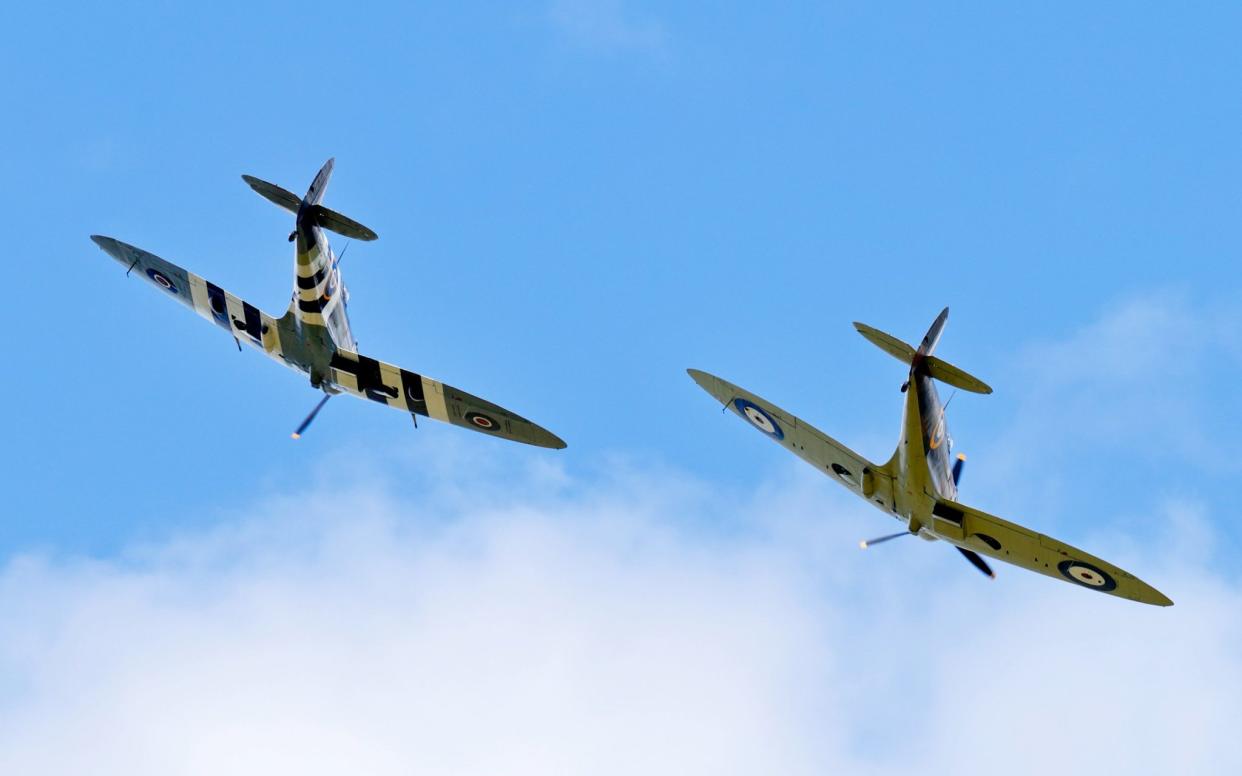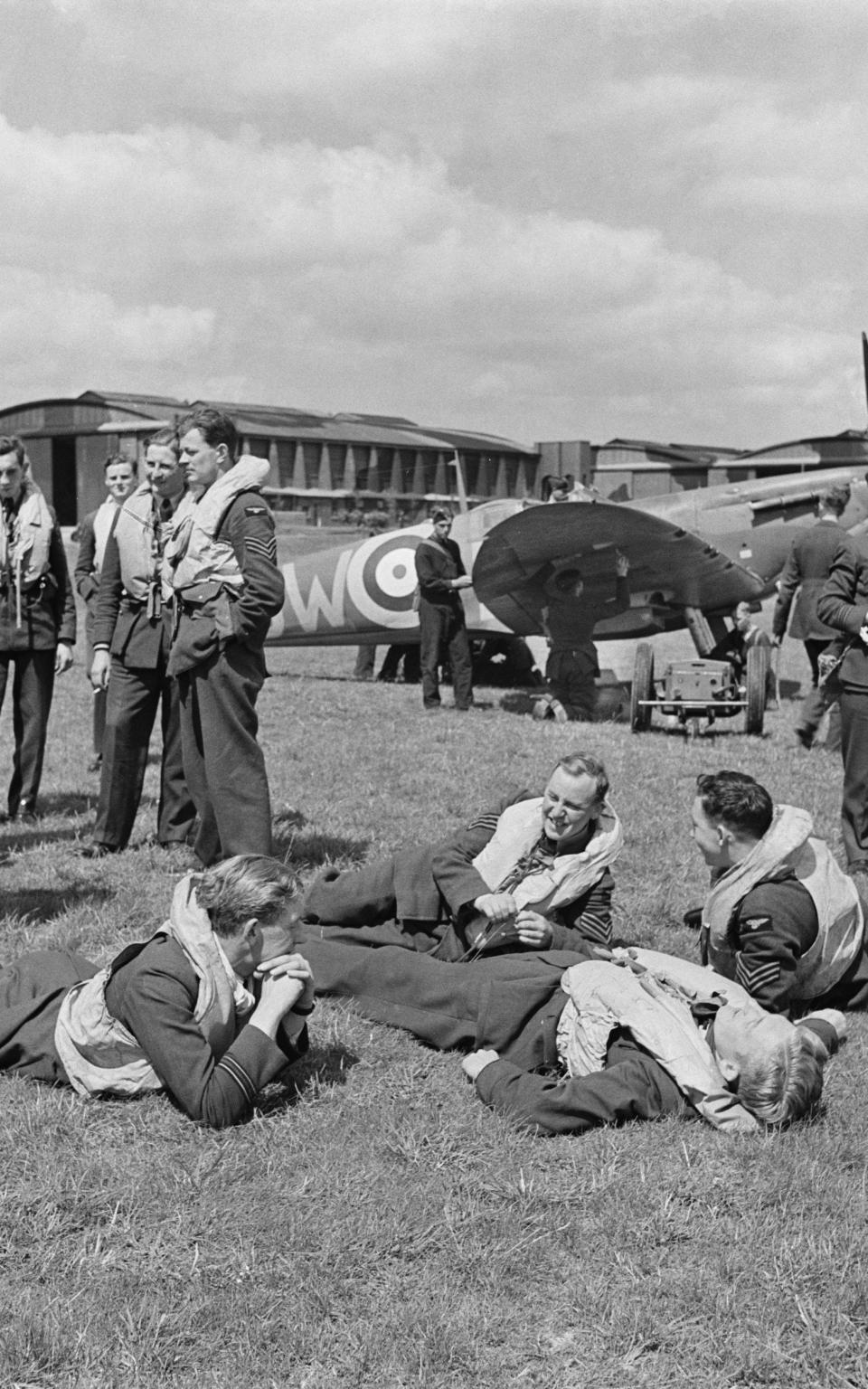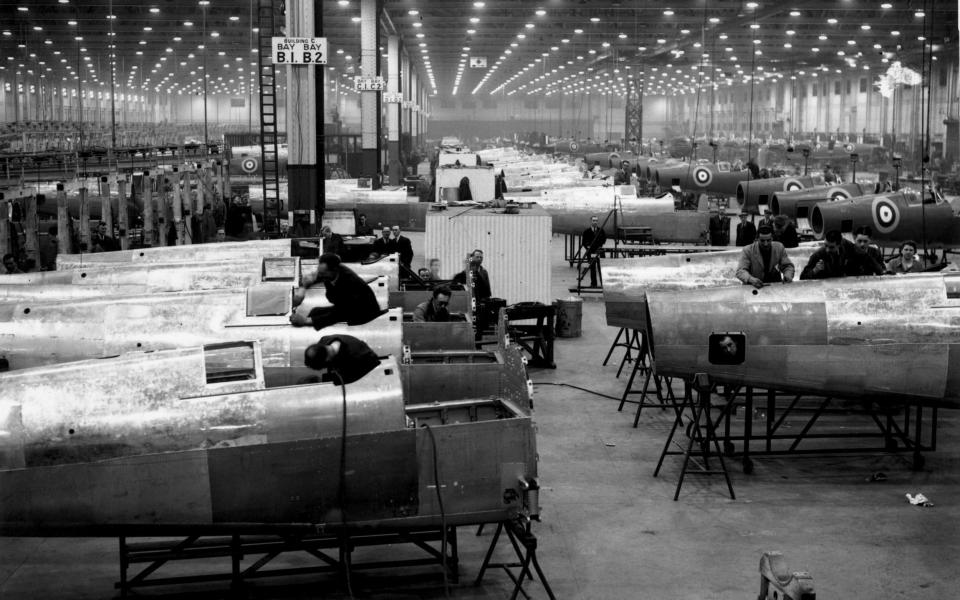Why the Spitfire won’t be permanently grounded, despite last week’s tragic crash

The Spitfire crash in Lincolnshire on May 25 could not have happened at a worse time. Every available Second World War aircraft was being made airworthy in order to be able to fly at the numerous events taking place to mark the 80th anniversary of D-Day on June 6 and beyond. But the Ministry of Defence announced on Friday that the RAF’s own fleet of planes – including the stricken Spitfire in last week’s accident – have been grounded in order for checks to be carried out while the cause of the accident remains uncertain.
The grounding – which will cover the D-Day commemorations and may extend to Trooping the Colour on June 15 – includes the Hurricanes, Chipmunks, Dakota and Lancaster of the RAF’s Battle of Britain Memorial Flight (BBMF). An RAF spokesman said: “At this stage, the cause of the accident remains unknown. Therefore, after extensive consultation between the chief of the air staff and relevant senior RAF officers, it has been decided to continue the pause in flying for the BBMF.”
The whole veteran aircraft community is now concerned over whether this accident will lead to restrictions on flights and, perhaps, more stringent safety requirements.
Spitfires almost invariably play a major role in these displays for two reasons. First, they were the only aircraft to be in full production for the whole duration the Second World War and ultimately more than 20,000 were produced – around 60 are, today, still able to fly. Secondly, the Supermarine Spitfire embodies the ethic of Britain’s resistance in the face of the German assault on these shores during the Blitz and right through to the end of the war. The older Hawker Hurricanes, phased out long before the Spitfires, shot down more enemy aircraft than Spitfires in the Battle of Britain, but the Spitfire’s elegance – it was also a faster and more nimble machine – caught the imagination of the British people then as now: as Jonathan Glancey, author of Spitfire: the Biography, put it: “They were the key symbol of freedom. Everything about them was admirable – their design, their speed, even the fantastic sound they made. They were quite simply beautiful.”

The Spitfire was the product of inspired British invention and engineering. The airframe and particularly the remarkably thin elliptical wings were conceived to allow the plane to dive at very high speeds, surprising enemy aircraft below, while sporting eight .303 machine guns. The engine, shared with the Hurricane, was another brilliant technical innovation – the Rolls-Royce Merlin, a 1,000 horsepower V-12.
In contrast to its principal enemy in the Battle of Britain, the Messerschmitt Bf 109, which was “practical, economical and workmanlike”, the Spitfire, as Glancey relates, was the embodiment of British values that had “emerged from a culture famous for producing lithe, good looking and even sensual machinery”.
This helps explain its special place in British culture. Inevitably, given that the pilot, Squadron Leader Mark Long, was killed in the accident, questions are being asked about the viability of flying veteran aircraft, particularly at the numerous air shows to be held in the forthcoming summer months.
Indeed, similar safety concerns were raised after the accident in Shoreham, West Sussex, in August 2015 when a Hawker Hunter jet, performing an acrobatic manoeuvre, crashed onto the A27 killing 11 people. The subsequent lengthy report resulted in restrictions on air displays and imposed extra training requirements on pilots performing in them. That case, however, was clearly very different. The pilot was attempting a manoeuvre without sufficient height or speed and had not practised it sufficiently.
While the airframes are some 80 years old, the engines running in the Spitfires currently taking wing have few remaining parts from the originals. The brilliant Rolls-Royce Merlin engines are complex mechanisms, a mass of tubes, pipes and wires, most of which will have long been replaced or completely overhauled.

Like many of those flying today, the particular plane involved in the accident, MK356, did not have a continuous record of flight since it was built in 1944. It was allocated to the Royal Canadian Air Force and flew some 60 sorties from bases in southern England and was involved in the attacks over France in the run up to D-Day. After the war, the plane was on display at a couple of air bases, but then was refurbished in 1992 for the RAF’s Battle of Britain Memorial Flight, which consists of a dozen planes, including six Spitfires.
The Spitfire accident took place on a routine flight and was flown by an RAF Typhoon pilot who was very experienced at handling veteran aircraft. Moreover, this was not some time-worn Spitfire brought out every now and then for a spin over the countryside. The aircraft of the Battle of Britain Memorial Flight are maintained in tip-top condition, with all the RAF’s facilities at their disposal, and safety is the prime consideration, which makes this accident all the more unusual. These planes, consequently, are the elite of veteran aircraft, comparable to, say, the cars driven on the annual London to Brighton Veteran Car Run or the locomotives kept in steam by the National Rail Museum.
According to Jeff Gazzard, an aviation safety expert, “most accidents or mishaps involving veteran aircraft are the result of pilot inexperience or mechanical failures due to poor maintenance. As there was clearly good weather, and the aircraft was well maintained, it is understandable that they grounded the aircraft, but this is likely to be rescinded rapidly once the cause is found.” However, Gazzard does have misgivings: “While by and large the operation of these planes seems to be safe, I am still concerned that the overall structure of ensuring that standards are maintained may not be sufficiently robust.”
Early reports suggest engine failure was the cause of the Spitfire accident (though this has not been confirmed). Nevertheless, there is every confidence that the Memorial Flight will take off again, but not whether this will be in time for the various events over the summer. And other operators of Spitfires who run short flights for guests are confident that safety has not been compromised. One, who did not wish to be named, said: “There really is nothing to be worried about. Safety will always be our top priority.”
Christian Wolmar is the author of The Liberation Line, the last untold story of the Normandy landings, which has recently been published by Atlantic Books, £25

